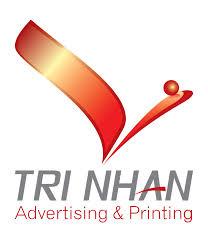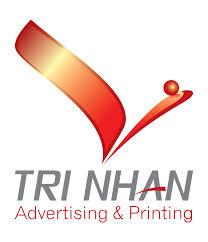The Actuators Industry encompasses manufacturers, suppliers, and service providers involved in the production and distribution of various types of actuators. This industry is characterized by rapid technological advancements, with companies focusing on developing innovative solutions that enhance performance and reliability. The increasing emphasis on industrial automation and energy efficiency is driving the demand for electric and pneumatic actuators. As industries continue to invest in automation technologies, the actuators industry is expected to witness substantial growth, fostering competition and collaboration among key players.
The actuators market has become a pivotal segment in the global industrial and automation landscape. Actuators, essential components in mechanical systems, convert energy into motion, enabling precise control over machinery and processes. These devices are increasingly integral to manufacturing plants, robotics, automotive systems, and aerospace applications. The growing adoption of automation in industries is creating a significant demand for advanced actuators, driving innovations in their design, performance, and efficiency. Electric, hydraulic, and pneumatic actuators dominate the market, each offering unique advantages depending on the application requirements.
Market Dynamics
The actuators market is influenced by a combination of technological advancements, industrial growth, and evolving regulatory standards. Electric actuators are favored for their precise control and energy efficiency, while hydraulic actuators are preferred for high-force applications, and pneumatic actuators are widely used in environments requiring rapid motion. The rise of smart factories and Industry 4.0 has further accelerated the need for actuators equipped with IoT-enabled monitoring and remote control capabilities. Companies are focusing on enhancing actuator performance, reducing size, and improving energy efficiency to meet modern industrial requirements.
Key Applications
Actuators are employed across diverse sectors. In automotive systems, they control throttle mechanisms, braking systems, and power seats. In industrial automation, actuators enable precise movement in assembly lines, robotic arms, and conveyor systems. Aerospace applications demand high-reliability actuators for flight control systems. The healthcare sector also benefits from actuators in medical devices and diagnostic equipment. As industries seek more automation and efficiency, the integration of advanced actuators becomes a critical driver for operational improvement.
Regional Insights
The actuators market exhibits regional variations in growth patterns. North America leads in technological adoption due to established manufacturing infrastructure and strong R&D investments. Europe is characterized by stringent quality standards and an emphasis on energy-efficient solutions. The Asia-Pacific region is witnessing rapid market expansion driven by industrialization, infrastructure development, and a rising automotive sector. Emerging economies are increasingly investing in automation, further bolstering market demand for actuators.
Competitive Landscape
Market competition in the actuators sector is intense, with key players focusing on innovation, mergers, and strategic partnerships. Leading companies are investing in R&D to introduce smart actuators that offer improved efficiency, enhanced safety features, and seamless integration with automated systems. Customization and after-sales service are additional differentiating factors for companies aiming to gain a competitive edge. Strategic collaborations with industrial automation firms and technology providers are also driving growth in this market.
Future Outlook
The actuators market is expected to experience significant growth over the next decade. Advancements in artificial intelligence, predictive maintenance, and sensor integration will further enhance actuator performance. Sustainability initiatives are prompting the development of energy-efficient solutions, reducing environmental impact. With the ongoing shift toward Industry 4.0 and autonomous systems, actuators will remain a core component in driving automation across multiple sectors, positioning the market for continued expansion and technological evolution.
FAQs
Q1: What are the main types of actuators?
A1: The main types include electric, hydraulic, and pneumatic actuators, each suited for specific force, speed, and precision requirements.
Q2: How are actuators used in industrial automation?
A2: They control machinery movements, robotic arms, and conveyor systems, enabling precise operations and improving efficiency.
Q3: What trends are shaping the actuators market?
A3: Smart actuators, energy efficiency, IoT integration, and automation adoption are major trends driving market growth.


